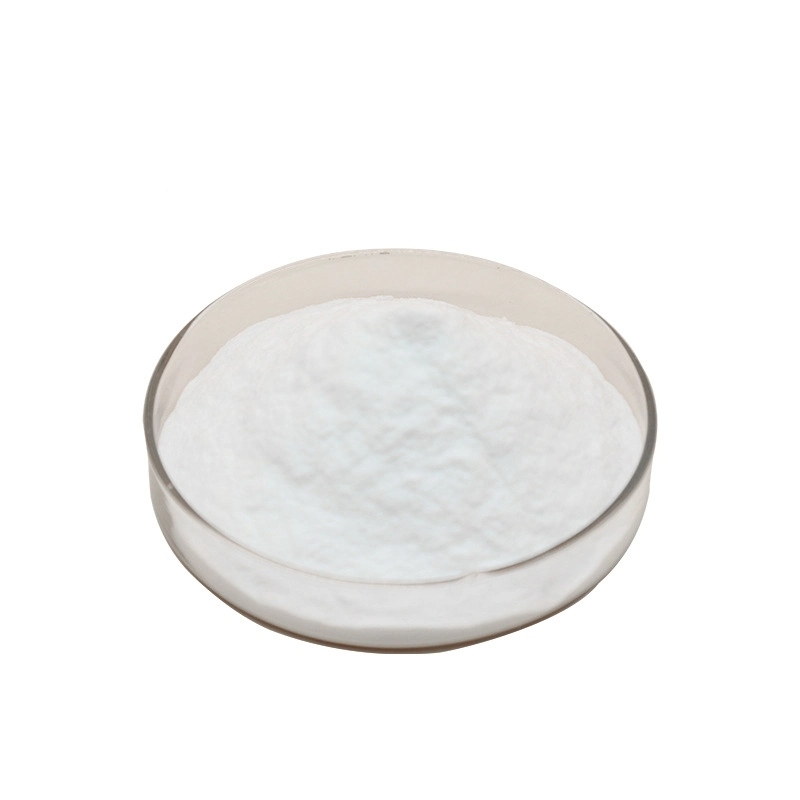



chemical oxidation in water treatment
Chemical Oxidation in Water Treatment An Essential Process for Clean Water
Water treatment is a crucial process in ensuring that the water supplied to households, industries, and agricultural applications is safe and free from contaminants. One of the key methodologies employed in water treatment is chemical oxidation, which plays a vital role in removing harmful substances and improving water quality.
Chemical oxidation involves the use of oxidizing agents to transform pollutants into less harmful or more manageable forms. Common oxidizing agents used in water treatment include chlorine, ozone, hydrogen peroxide, and permanganate. These agents can effectively break down organic compounds, eliminate pathogens, and reduce color and odor issues in water.
One of the primary applications of chemical oxidation is the removal of organic contaminants, which include pesticides, pharmaceuticals, and industrial chemicals. These compounds can pose significant risks to human health and the environment. By using strong oxidizers such as ozone or chlorine dioxide, treatment facilities can decompose these organic molecules into harmless byproducts that are easier to filter out. This process not only enhances the safety of the water but also improves its aesthetic qualities.
chemical oxidation in water treatment

In addition to organic contaminants, chemical oxidation is effective against various pathogens, including bacteria, viruses, and protozoa. Chlorination, one of the oldest and most practiced forms of chemical oxidation, has been widely used for disinfection purposes. By introducing chlorine into water systems, treatment facilities can ensure that harmful microorganisms are neutralized, thus preventing waterborne diseases. However, the use of chlorine necessitates careful management, as it can form harmful byproducts, such as trihalomethanes, which are of concern for public health. As a result, water treatment plants must balance the benefits of disinfection with the potential risks associated with chemical byproducts.
Another critical aspect of chemical oxidation in water treatment involves addressing color and odor issues. Natural organic matter and certain industrial discharges can impart color and unpleasant smells to water. By applying chemical oxidation methods, treatment facilities can effectively reduce these undesirable attributes. For instance, ozone can oxidize color-causing compounds, leading to clearer and more visually appealing water.
While chemical oxidation is a powerful technique, it is not without limitations. The selection of the appropriate oxidizing agent and the process conditions is crucial for achieving desired results. For example, the effectiveness of ozone can be influenced by water pH and temperature, while chlorination requires specific contact times to ensure adequate disinfection.
In conclusion, chemical oxidation plays a vital role in modern water treatment processes. By effectively removing organic contaminants, disinfecting pathogens, and addressing aesthetic issues, this method contributes significantly to providing safe and clean water. As technology advances, new oxidizing agents and methods are being developed, enhancing the efficiency and efficacy of water treatment processes. Adopting innovative chemical oxidation strategies will be essential in meeting the growing demands for clean water in an increasingly polluted world.
-
Why Sodium Persulfate Is Everywhere NowNewsJul.07,2025
-
Why Polyacrylamide Is in High DemandNewsJul.07,2025
-
Understanding Paint Chemicals and Their ApplicationsNewsJul.07,2025
-
Smart Use Of Mining ChemicalsNewsJul.07,2025
-
Practical Uses of Potassium MonopersulfateNewsJul.07,2025
-
Agrochemicals In Real FarmingNewsJul.07,2025
-
Sodium Chlorite Hot UsesNewsJul.01,2025










